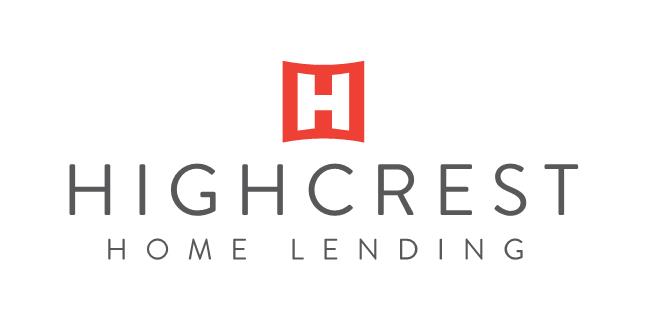When you apply for a mortgage, lenders want to make sure that offering you a loan is a good investment. They need confirmation that you’re a responsible borrower who is likely to pay their loan back on time. To ensure this, there are three key numbers that can make or break your mortgage loan application.
1. Credit Score
A credit score is a three-digit number that summarizes your borrowing history. The number takes into account your payment history, amounts owed, length of credit history and any new credit you’ve taken on. Once calculated, you’re assigned a credit score between 300 and 850. Most lenders require a 640 to qualify. Any score of 740 or above is excellent and ensures a very low interest rate.
Your credit score allows lenders better insight into your debt and payment history. The lower your credit score, the less likely it is to receive a mortgage loan from your bank or lender (though it’s not impossible).
2. Front-End DTI Ratio
Your debt-to-income ratio comes in two forms, front-end and back-end. These numbers measure your debt in relation to your income. Your front-end DTI refers to the amount of your monthly income that will go towards your monthly mortgage payment. For example, if your gross monthly income is $5,000 and your monthly housing costs would be $1,500, your front-end DTI is 1,500 divided by 5,000. This equals 0.3, or a 30% front-end DTI ratio.
In general, lenders prefer a front-end DTI ratio of 28% or less. The highest front-end DTI ratio that allows you to qualify for a loan is considered to be around 43%.
3. Back-End DTI Ratio
Your back-end DTI ratio refers to the other financial obligations you have relative to your income if you’re approved for a mortgage. This takes into consideration both housing costs and all other forms of debt.
Adding onto the example above, if your monthly housing payment of $1,500 is combined with a monthly car payment of $500 and a credit card bill of $20, then your back-end DTI equals those payments added together and divided by your gross monthly income of $5,000.
In this scenario, your back-end DTI equals 0.4 or 40%. The back end ratio can vary depending on the loan program. Most Fannie Mae loans like to see a back end ratio of 41% However, in some cases, the back end can go as high as 57%
When buying a home, it’s important to consider these three key numbers and why they matter. They will give you good insight into whether or not you are ready to buy a home and the likelihood of getting approved for a mortgage loan.

